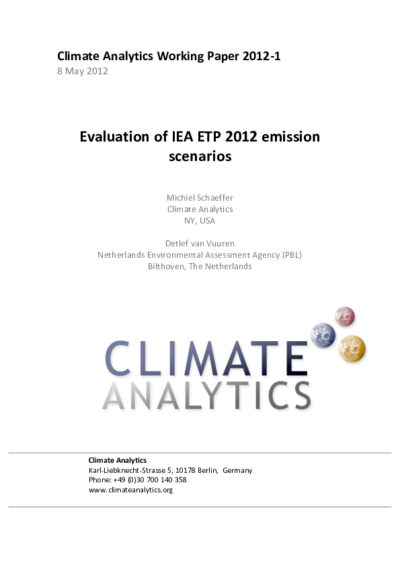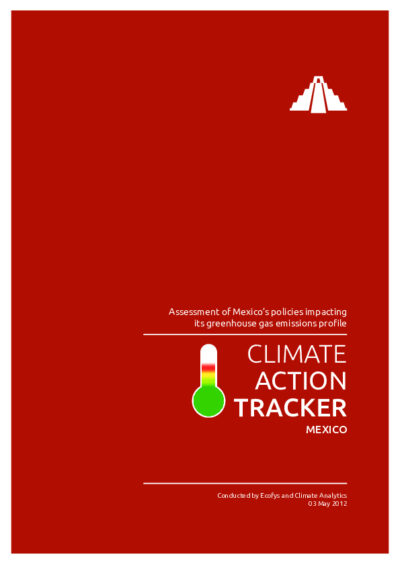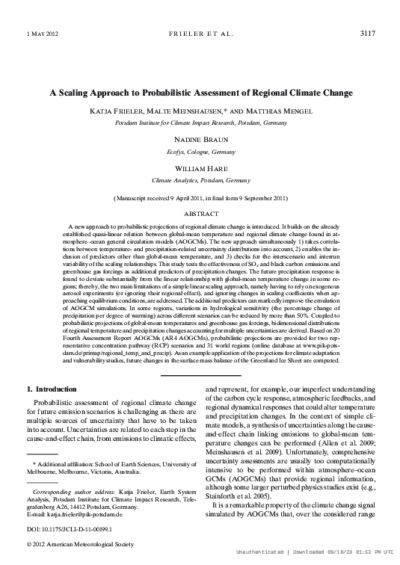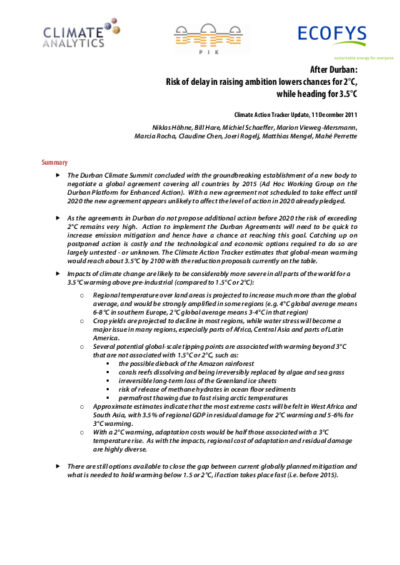Publications
Share


Briefings
The IEA recently developed three updated scenarios for the 2012 edition of Energy Technology Perspectives. Here we assess their probabilities of limiting warming to the long term climate goals mention in the Cancun agreement.

Reports

Peer-reviewed Papers
This paper introduces a new approach to probabilistic projections of regional climate change.

Peer-reviewed Papers
This study compares emission pathways aimed at limiting temperature increase to 2°C under varying constraints. The 2020 emission level represents a trade-off between short-term emission reductions and long-term dependence on rapid reductions through specific technologies (like negative emission reductions). Higher 2020 emissions lead to higher overall costs.

Peer-reviewed Papers
This article provides further detail on expected global GHG emission levels in 2020, based on the 2010 Emissions Gap Report, assuming the emission reduction proposals in the Copenhagen Accord and Cancun Agreements are met.
